预约演示
更新于:2025-03-20
RB-101
更新于:2025-03-20
概要
基本信息
关联
100 项与 RB-101 相关的临床结果
登录后查看更多信息
100 项与 RB-101 相关的转化医学
登录后查看更多信息
100 项与 RB-101 相关的专利(医药)
登录后查看更多信息
65
项与 RB-101 相关的文献(医药)2016-01-01·Delta Opioid Receptor Pharmacology and Therapeutic Applications
Contribution of Delta-Opioid Receptors to Pathophysiological Events Explored by Endogenous Enkephalins
Review
作者: Roques, Bernard P
2014-04-09·The Journal of Neuroscience1区 · 医学
TGF-β and Opioid Receptor Signaling Crosstalk Results in Improvement of Endogenous and Exogenous Opioid Analgesia under Pathological Pain Conditions
1区 · 医学
Article
作者: Bernard P. Roques ; Mónica Tramullas ; Aquilino Lantero ; María A. Hurlé ; Fuencisla Pilar-Cuéllar ; Elsa M. Valdizán ; Rosa Santillán
2012-01-01·Neuropsychopharmacology1区 · 医学
Endogenous Opioids as Physiological Antidepressants: Complementary Role of Delta Receptors and Dopamine
1区 · 医学
Article
作者: Emily M Jutkiewicz ; Bernard P Roques
100 项与 RB-101 相关的药物交易
登录后查看更多信息
研发状态
10 条进展最快的记录, 后查看更多信息
登录
| 适应症 | 最高研发状态 | 国家/地区 | 公司 | 日期 |
|---|---|---|---|---|
| 重度抑郁症 | 临床前 | 法国 | - | - |
| 疼痛 | 临床前 | 法国 | - | - |
登录后查看更多信息
临床结果
临床结果
适应症
分期
评价
查看全部结果
| 研究 | 分期 | 人群特征 | 评价人数 | 分组 | 结果 | 评价 | 发布日期 |
|---|
No Data | |||||||
登录后查看更多信息
转化医学
使用我们的转化医学数据加速您的研究。
登录
或
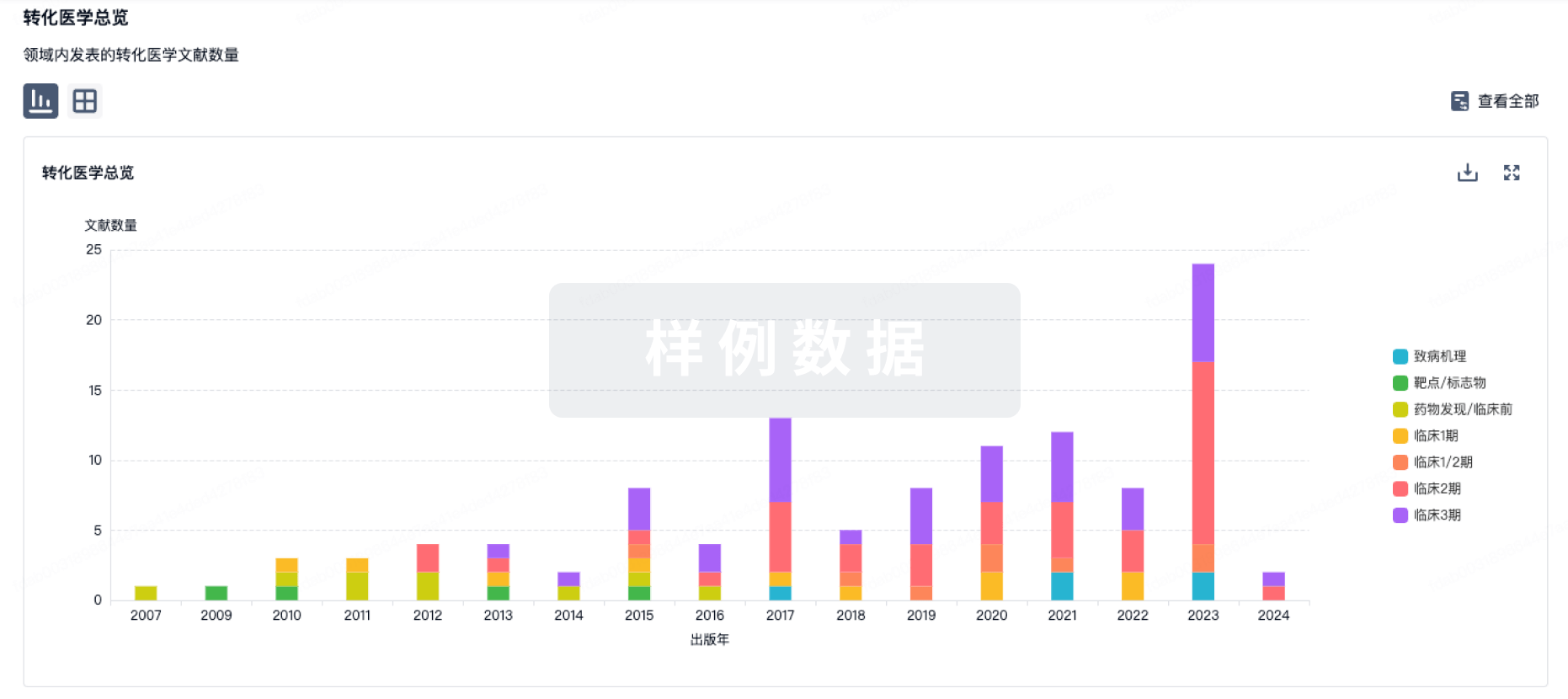
药物交易
使用我们的药物交易数据加速您的研究。
登录
或
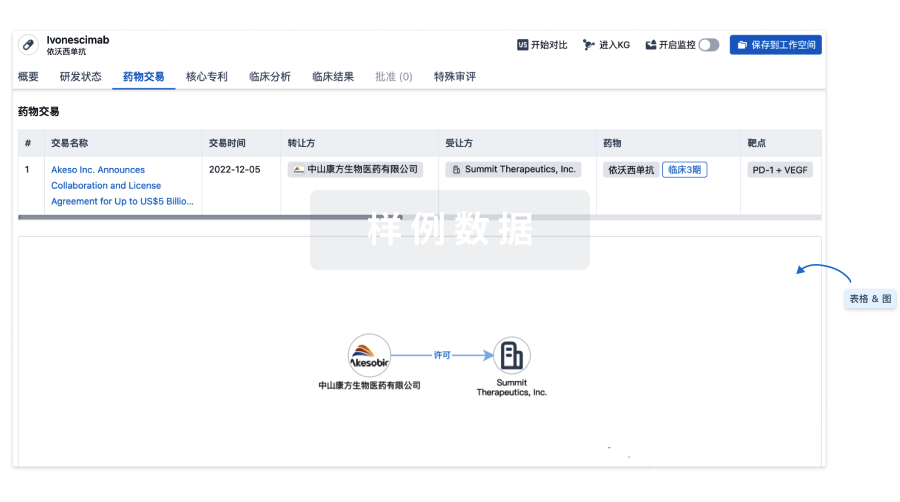
核心专利
使用我们的核心专利数据促进您的研究。
登录
或
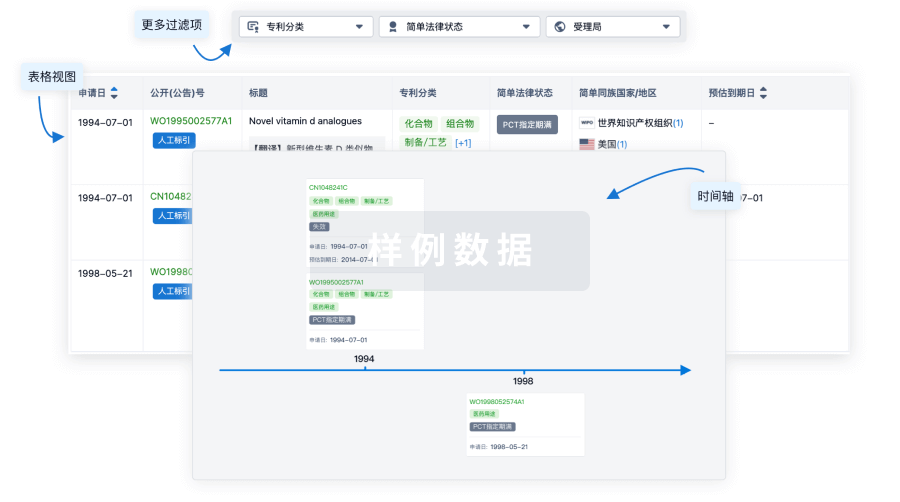
临床分析
紧跟全球注册中心的最新临床试验。
登录
或
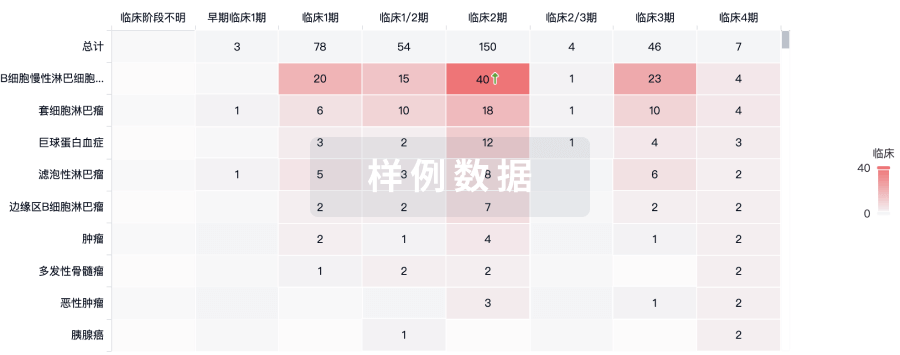
批准
利用最新的监管批准信息加速您的研究。
登录
或
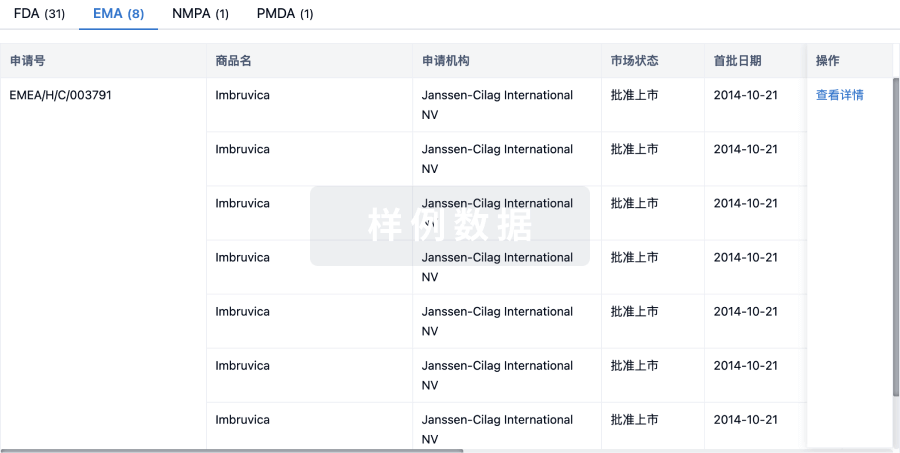
特殊审评
只需点击几下即可了解关键药物信息。
登录
或
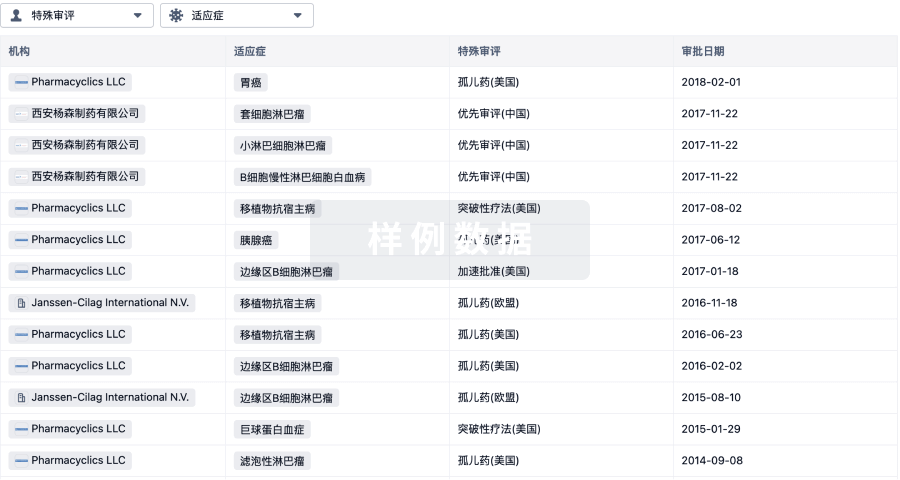
来和芽仔聊天吧
立即开始免费试用!
智慧芽新药情报库是智慧芽专为生命科学人士构建的基于AI的创新药情报平台,助您全方位提升您的研发与决策效率。
立即开始数据试用!
智慧芽新药库数据也通过智慧芽数据服务平台,以API或者数据包形式对外开放,助您更加充分利用智慧芽新药情报信息。
生物序列数据库
生物药研发创新
免费使用
化学结构数据库
小分子化药研发创新
免费使用
